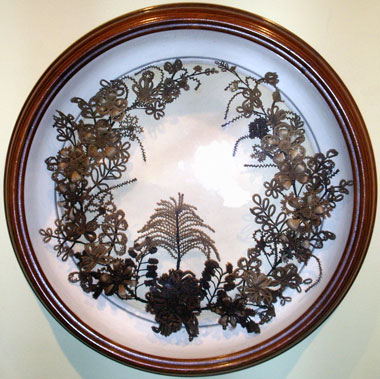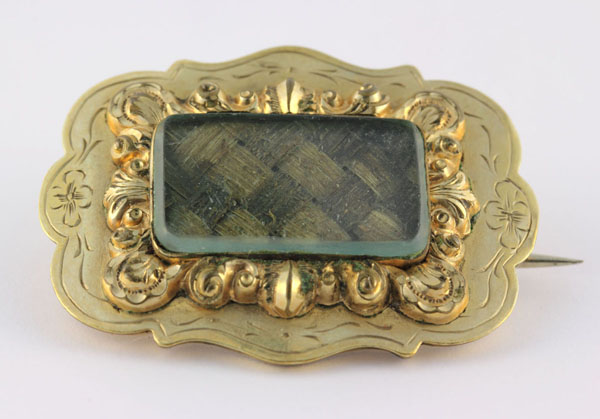And food. Healthy food! And pizza bread...
Ladies have come together to sew forever! The six ladies who sewed with me were just that-ladies. And we didn't all just work on Civil War projects! One woman creates miniatures, Carrie started a t-shirt quilt blanket, and the younger girls worked on a braided/cut up shirt that I've seen all over pinterest. Overall, it was a wonderful experience, one that I hope to have again in the future!
Carrie did an excellent job! This is a quick shot of my sewing room!
I've been working on many side projects including my hair jewelry. However, I need a dress to wear it with! I still want to complete one more before Greenfield Village this year, so hopefully I can get that done soon. As for gauging my skirt, that took longer than I expected. The process was eerily similar to doing the gathers on my bodice, with a few slight adjustments. First, you need to do two running stitches after turning down a 1 inch hem. Make sure the outside stitches are longer than the inside.
It will look bigger than your waist at first!
Then you push the gathers together, trying to make them and even 32 inches (GASP! MY WAIST SIZE!). It helps to mark the fabric at the half and quarter points to make sure the gathers are even. Here is a better picture, if it helps.
If you are looking for another tutorial, check out The Sewing Academy's compendium page, which is helpful for many different projects (http://www.thesewingacademy.com/the-compendium/). These ladies really know what they're talking about, and their dedication to historical accuracy is astounding. One day I hope to meet a few of them...*exaggerated sigh* In the meantime I will have to stay surrounded by my ribbons and fabric.
I set out a few of my books in case we needed a reference
I took out my ribbons/silk, as well as my stash of 100% silk satin ribbon from Habermans!
The girls thought it would be clever to give Rambo a scarf; he didn't like it!
1. Finish attaching the waistband of mourning dress.
2. Start the hem.
3. Gather the sleeves.
4. Attach the sleeves.
5. Begin the cuff.
6. Do 3 practice rounds of hairwork gimping.
Until next time! Thank you for reading!
~Kristen











































